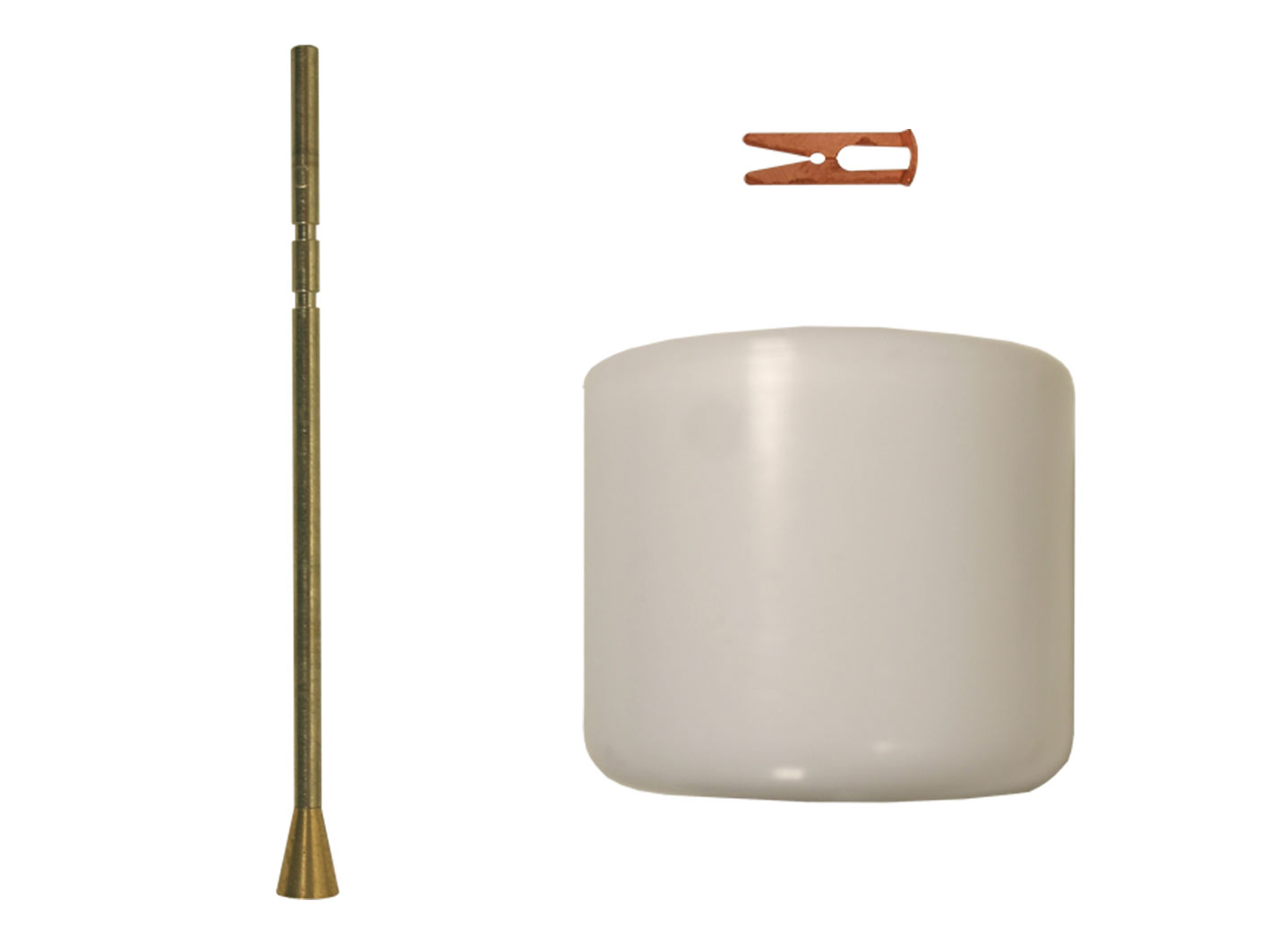Best way to turn long, thin brass job
Best way to turn long, thin brass job
- This topic has 30 replies, 16 voices, and was last updated 24 December 2018 at 20:38 by
CHARLES lipscombe.
- Please log in to reply to this topic. Registering is free and easy using the links on the menu at the top of this page.
Latest Replies
Viewing 25 topics - 1 through 25 (of 25 total)
-
- Topic
- Voices
- Last Post
Viewing 25 topics - 1 through 25 (of 25 total)
Latest Issue
Newsletter Sign-up
Latest Replies
- quality 3 and 4 jaw chucks
- Boiler hydraulic test 4 hours
- Model Turbines
- Pragotron Slave Clock
- Miniature parts maker in Leicester?
- Pratt Bernard Grip true issues
- Will iron rivets expand to fill oversized hole?
- UK Steel Supplier? 125 x 125 x 50 BMS
- Fobco or a Clarke CMD 1225 milling capabilities? or other recommendations?
- DELL / StarTech [mechanical incompatibilty]





